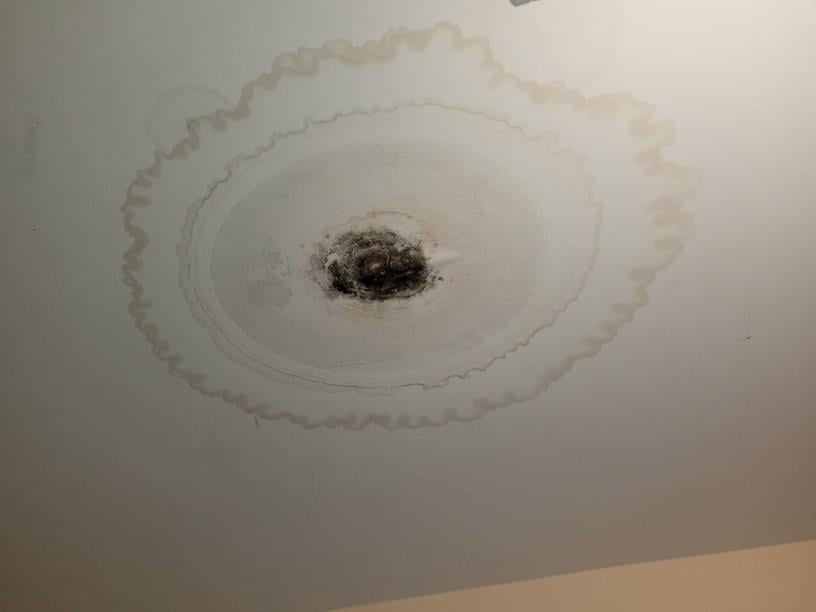Spotting Hidden Water Line Leaks: Six Practical Detection Methods
Spotting Hidden Water Line Leaks: Six Practical Detection Methods
Blog Article
On this page in the next paragraph you can find more good resources relating to Finding hidden leaks.

Early detection of dripping water lines can reduce a prospective catastrophe. Some tiny water leakages may not be noticeable.
1. Analyze the Water Meter
Every house has a water meter. Inspecting it is a surefire way that aids you discover leakages. For beginners, turn off all the water sources. Make certain no one will flush, utilize the tap, shower, run the cleaning maker or dish washer. From there, most likely to the meter as well as watch if it will change. Since nobody is using it, there need to be no activities. That suggests a fast-moving leak if it moves. Also, if you discover no changes, wait a hr or 2 and also examine back once more. This indicates you may have a slow-moving leakage that might also be below ground.
2. Examine Water Consumption
Examine your water bills and also track your water usage. As the one paying it, you need to discover if there are any type of discrepancies. If you identify sudden changes, regardless of your intake being the same, it implies that you have leakages in your plumbing system. Bear in mind, your water costs should fall under the exact same variety each month. An abrupt spike in your expense suggests a fast-moving leak.
A stable increase every month, also with the same behaviors, reveals you have a slow leak that's additionally slowly rising. Call a plumber to completely examine your property, particularly if you really feel a warm area on your floor with piping underneath.
3. Do a Food Coloring Examination
When it comes to water consumption, 30% comes from bathrooms. If the color somehow infiltrates your bowl throughout that time without flushing, there's a leakage between the tank and bowl.
4. Asses Exterior Lines
Don't neglect to examine your outdoor water lines too. Must water permeate out of the connection, you have a loosened rubber gasket. One tiny leakage can throw away loads of water and spike your water expense.
5. Examine the circumstance and also examine
Property owners should make it a routine to check under the sink counters as well as also inside cupboards for any kind of bad odor or mold development. These 2 red flags suggest a leakage so prompt interest is called for. Doing routine assessments, even bi-annually, can conserve you from a significant problem.
Examine for discolorations and also compromising as the majority of pipes and also appliances have a life span. If you believe leaking water lines in your plumbing system, don't wait for it to rise.
Early detection of dripping water lines can mitigate a possible catastrophe. Some little water leaks might not be noticeable. Inspecting it is a surefire means that assists you discover leaks. One small leak can throw away lots of water and also increase your water bill.
If you suspect leaking water lines in your plumbing system, do not wait for it to rise.
WARNING SIGNS OF WATER LEAKAGE BEHIND THE WALL
PERSISTENT MUSTY ODORS
As water slowly drips from a leaky pipe inside the wall, flooring and sheetrock stay damp and develop an odor similar to wet cardboard. It generates a musty smell that can help you find hidden leaks.
MOLD IN UNUSUAL AREAS
Mold usually grows in wet areas like kitchens, baths and laundry rooms. If you spot the stuff on walls or baseboards in other rooms of the house, it’s a good indicator of undetected water leaks.
STAINS THAT GROW
When mold thrives around a leaky pipe, it sometimes takes hold on the inside surface of the affected wall. A growing stain on otherwise clean sheetrock is often your sign of a hidden plumbing problem.
PEELING OR BUBBLING WALLPAPER / PAINT
This clue is easy to miss in rooms that don’t get much use. When you see wallpaper separating along seams or paint bubbling or flaking off the wall, blame sheetrock that stays wet because of an undetected leak.
BUCKLED CEILINGS AND STAINED FLOORS
If ceilings or floors in bathrooms, kitchens or laundry areas develop structural problems, don’t rule out constant damp inside the walls. Wet sheetrock can affect adjacent framing, flooring and ceilings.
https://www.servicemasterbyzaba.com/blog/how-to-detect-water-leakage-in-walls/

We hope you enjoyed our piece on Top leak detection hacks. Thanks for taking time to browse our piece. Sharing is caring. Helping people is fun. Thanks so much for taking the time to read it.
Professional-grade solutions. Report this page